Negotiators for the U.S. and UK reached what the two sides hailed as a “historic” trade deal Thursday, leading Pres. Donald Trump to slash tariffs on British steel, autos and auto parts. Final details still have to be worked out, according to several reports, but the deal puts a 100,000-vehicle cap on British auto exports to the U.S. which falls below the numbers reported in 2024 by the UK’s largest brands, Jaguar, Land Rover and Mini. The deal does not appear to meet a key Trump goal of shifting foreign manufacturing to the U.S. More from Headlight.News.
President Donald Trump got his first trade deal on Thursday, the White House announcing an agreement with the United Kingdom that will slash tariffs on British-made steel, autos and auto parts from 25% to 10%.
Final details have yet to be worked out, however, the New York Times describing the agreement as “more of a framework than a full trade deal.” But while this should help reopen the critical American market for British automakers like Jaguar, Land Rover, Mini and Bentley, it puts a cap on the number of products that can come into the States at the lower tariff level.
That could mean reduced sales in the years ahead – or require British automakers to find ways to build at least some of their products in the United States. At the moment, none of them do so, unlike most German brands and Swedish-based Volvo and Polestar which have at least some assembly operations in the U.S.
Notably absent from the announcement was any mention of British automakers setting up manufacturing operations in the U.S. – an apparent shortfall considering a key Trump tariff goal was bringing more manufacturing to the U.S.
“A fantastic, historic day”
The agreement was jointly announced by the White House and 10 Downing Street, the residence of Britain’s Prime Minister Keir Starmer. The latter leader said it marked “a really fantastic, historic day,” during a joint conference call with Trump
It was the first trade deal reached by the president since he announced “Liberation Day” tariffs in April, throwing the global trade and financial systems into turmoil. He subsequently was pressured to roll back a number of specific tariffs, including those on imported computers and cellphones, but retained 145% tariffs on goods from China, as well as 25% duties on imported steel and aluminum, as well as on autos and auto parts.
For his part, Trump hailed the British trade deal as “exciting,” adding that it was “a great honor to have the United Kingdom as our first announcement.” But while the president described the result of negotiations as a “full and comprehensive agreement,” it appears numerous details have yet to be worked out. And the final results, said Starmer, will still have to be scrutinized by Britain’s Parliament.
What’s in the deal
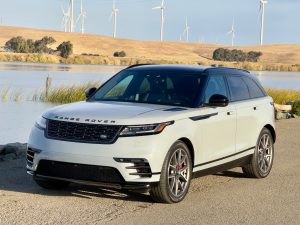
The tariffs could have resulted in huge price increases on vehicles like this 2025 Range Rover Velar.
Jonathan Reynolds, the UK government’s trade leader said the two governments’ had achieved an “economic security alignment” that covers a variety of different trade sectors, including agriculture. Among other things, that is expected to open up some tariff-free, two-way trade in beef and chicken.
But the most critical elements of the agreement appear to be the U.S. move to reduce tariffs on British steel and auto-related goods. With Trump’s move to increase tariffs to 25% several automakers announced they would hold up exports to the U.S., at least temporarily. That included JLR, the parent of both Jaguar and Land Rover, as well as Lotus.
Such tariffs would have added thousands, even tens of thousands, of dollars to the price of high-end products. The Range Rover SV Carmel Edition, pre-tariff, started at $370,000, while some bespoke Bentleys can approach seven figures.
Now, the tariff drops back to 10%.
More Tariff News
- Trump Tariffs Could Drive Budget Buyers Out of Car Market
- April Auto Sales Surge as Buyers Rush to Beat Tariffs
- Trump Gives Some Tariff Relief to Automakers
A trap door

There is no indication the new trade deal will see any UK brands shift production to the States. JLR’s key plant is in Solihull.
“The car industry is vital to the UK’s economic prosperity, sustaining 250,000 jobs,” JLR CEO Adrian Mardell said in a statement. “We warmly welcome this deal which secures greater certainty for our sector and the communities it supports. We would like to thank the UK and US Governments for agreeing this deal at pace and look forward to continued engagement over the coming months.”
But the door hasn’t been completely reopened. The new 10% tariff rate carries a cap of 100,000 British-made vehicles entering the U.S. each year. Most of today’s British brands, notably Aston Martin, Bentley, McLaren, Lotus and Morgan, measure American sales in the hundreds or, at most, the low thousands.
JLR, however, delivered about 95,000 vehicles to U.S. customers in 2024. Mini sold just over 26,000 in the States, meaning they’d face potentially higher duties on some shipments arriving later in the Year.
It could be possible for the automakers to sidestep higher duties – indeed, perhaps eliminating tariffs all together – by shifting some production to the U.S. In announcing his “Liberation Strategy,” Trump specifically set a goal of expanding U.S. manufacturing, notably including automotive production.
No British-branded vehicles are today assembled in the United States. Mini might be able to find a solution by working with its parent BMW, however, the German automaker operating its largest global manufacturing facility in Spartanburg, South Carolina.
The agreement reached on Thursday also reduced tariffs on British-made steel and aluminum.

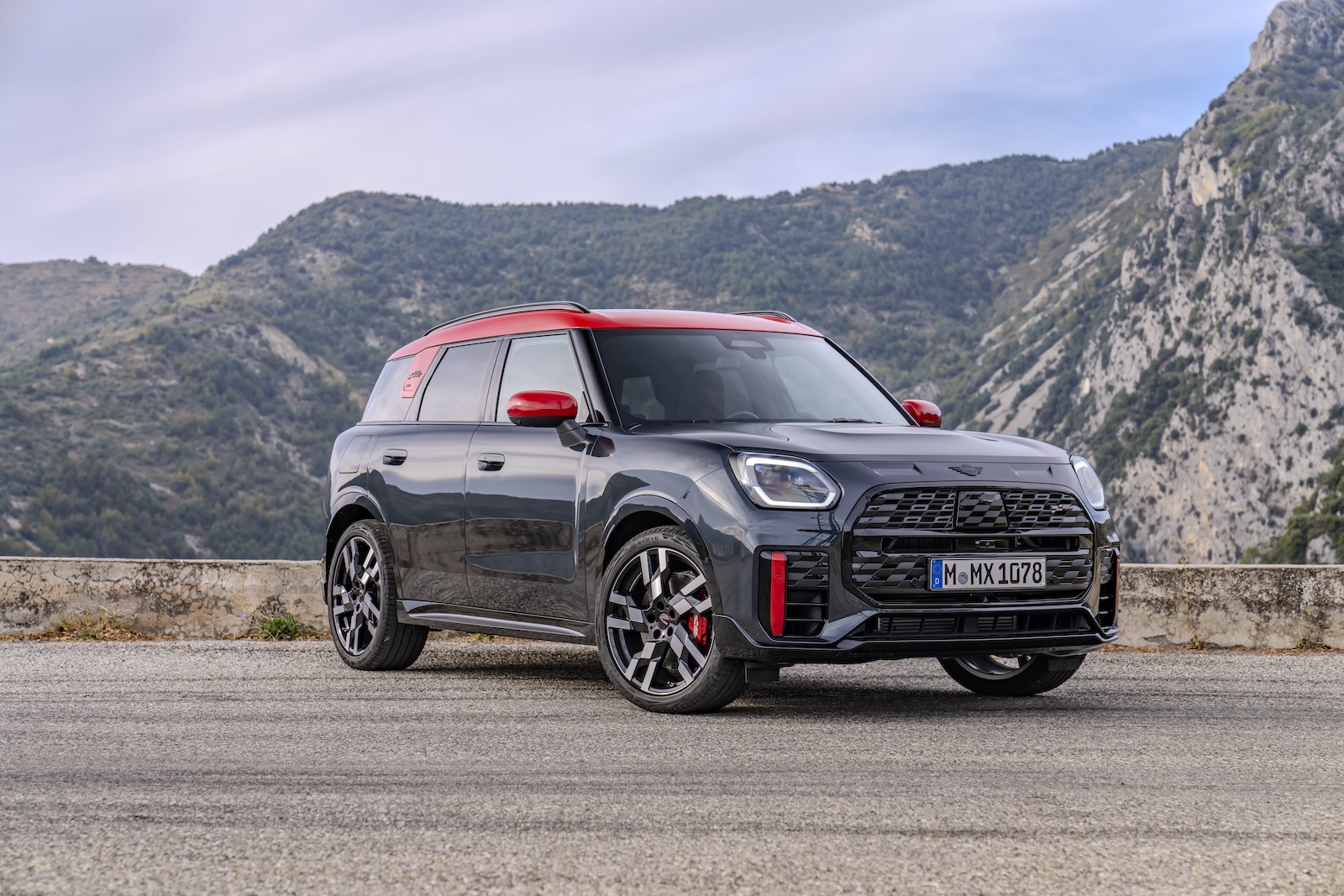
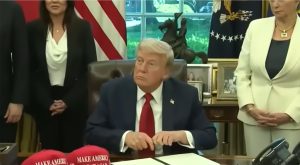
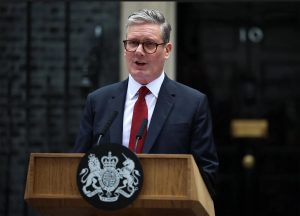

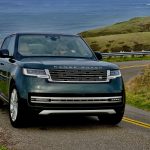
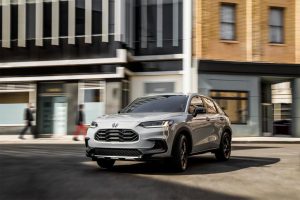

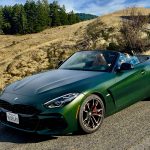

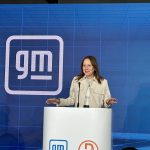
0 Comments